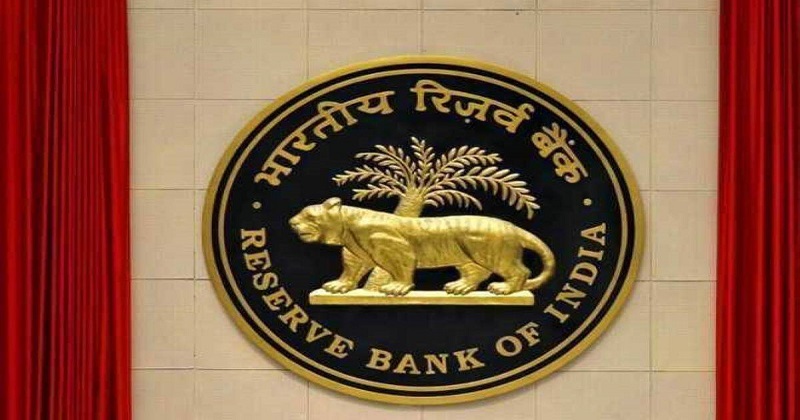
The Reserve Bank of India’s (RBI’s) monetary policy committee is expected to keep interest rates on hold in its upcoming review meeting amid fears of inflation adding to the impact of the second wave of Covid infections.
The RBI is likely to continue with an accommodative monetary policy later this week, according to the majority of bankers and economists surveyed by Mint. It will be the first bi-monthly monetary policy of fiscal 2022, and the announcement will be made after a three-day meeting.Alongside,RBI is also expected to revise gross domestic product (GDP) numbers while extending its government securities acquisition programme, or GSAP, announced in April.
Given the devastating impact of the second Covid wave, a majority of respondents polled expressed that the RBI will downgrade its GDP growth forecast by 1 to 1.5 percentage points from 10.5% for Financial year 2022.
The RBI may also keep a close eye on the upside risks to inflation. Rising input prices and supply disruptions due to the pandemic, especially in rural India, are adding to inflationary pressures. The rise in global costs of commodities such as crude oil, edible oil, metals and transportation have exacerbated domestic inflation.
Wholesale price index (WPI) inflation touched 10.5% in April, while consumer price inflation stayed within the RBI’s range at 4.30%.The RBI to retain the inflation target at around 5.2% levels.
The market is also watching for any announcement on GSAP 2.0 in July-September. According to the original plan, the RBI is to buy government securities worth Rs1 lakh crore by the first quarter of Financial year 2022 to keep the yield curve at comfortable levels.
Economists expected that the RBI to start gradual policy normalisation from the fourth quarter.The policy guidance has become more open-ended and state-based amid new uncertainties and the evolving nature of the economy, stating that the policy stance will remain accommodative ‘as long as necessary’ until growth recovers on a durable basis while ensuring inflation remains within the flexible target explained by the chief economist, Emkay Global Madhavi Arora.

Post Your Comments